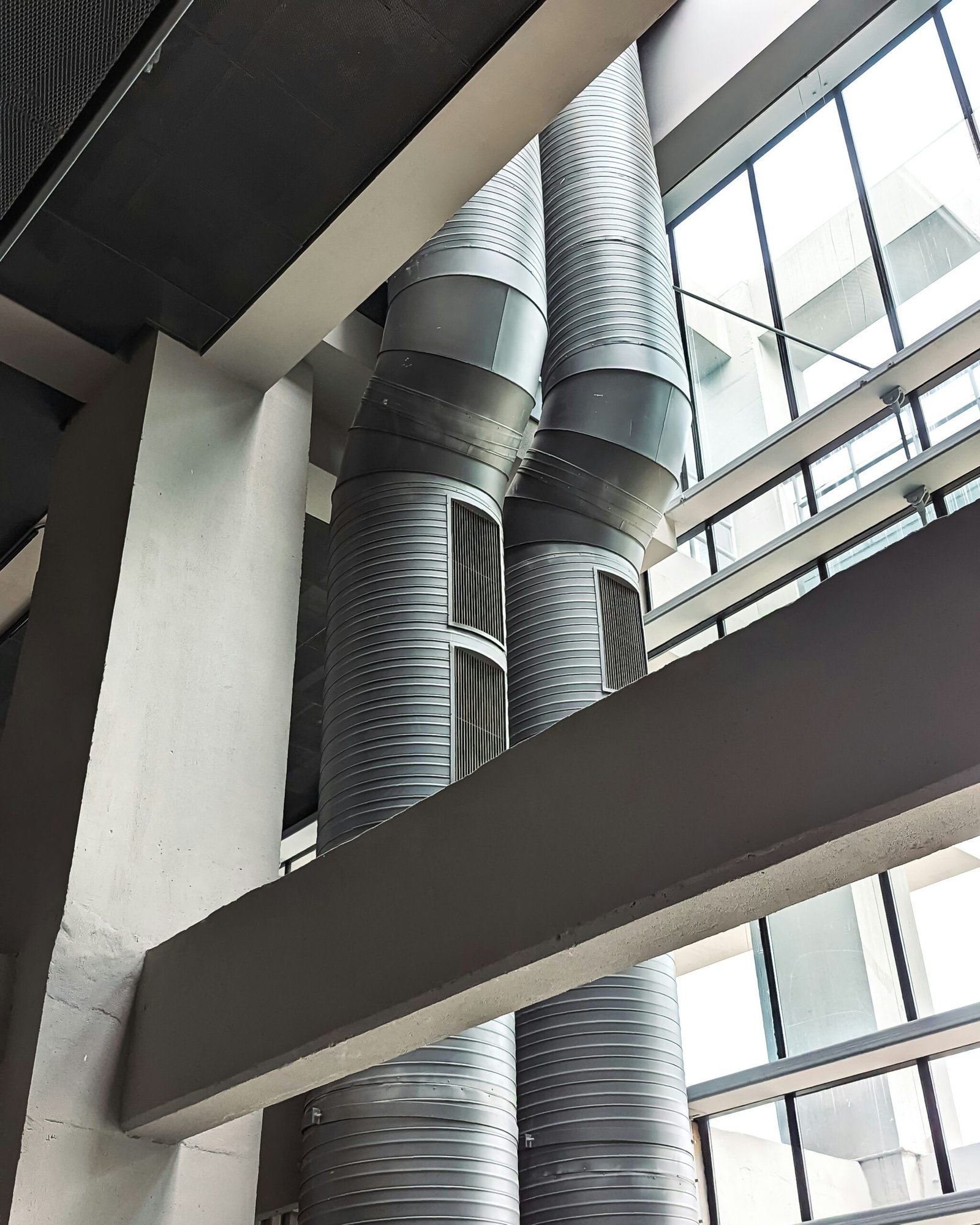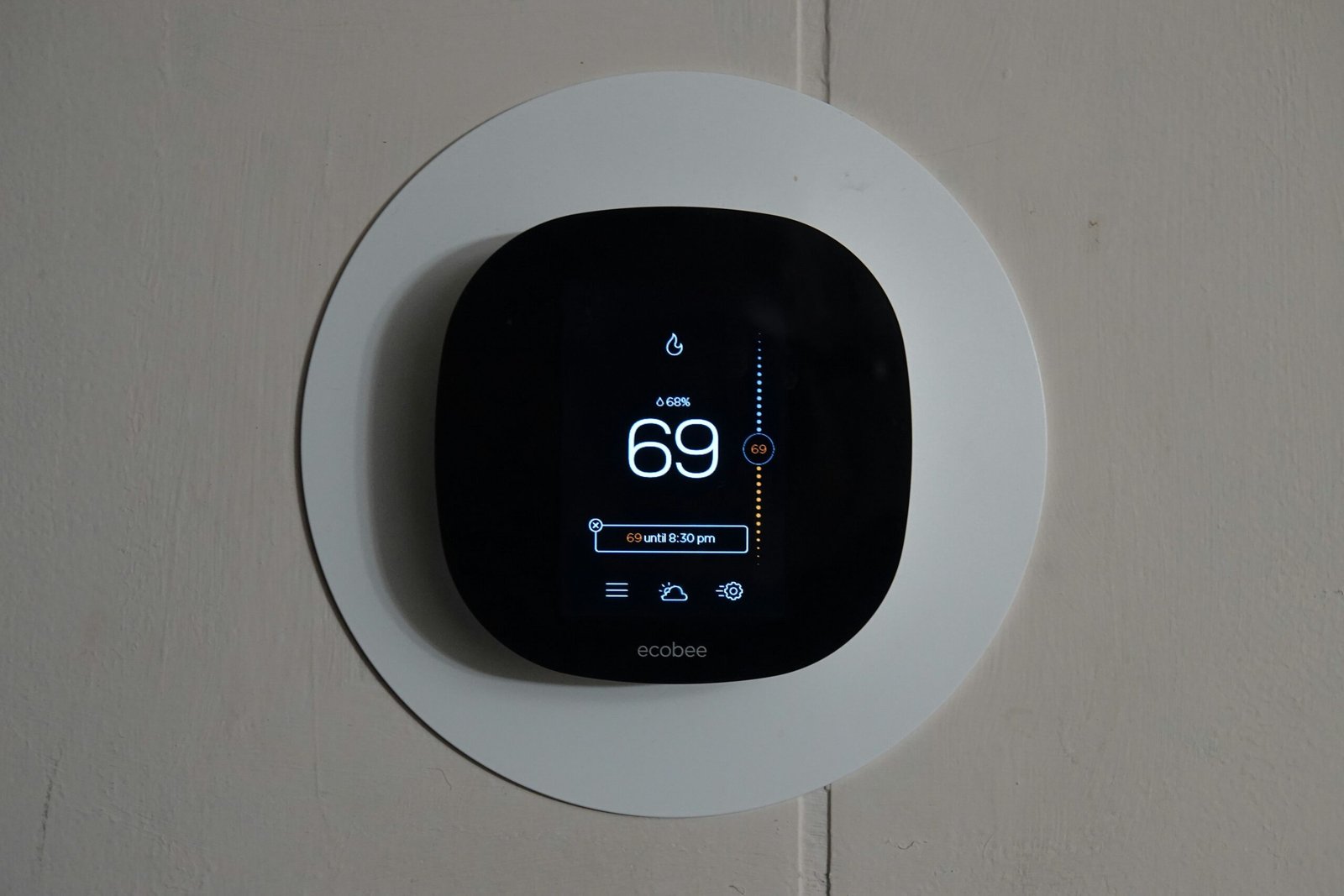Understanding HVAC Systems: An Overview
Heating, Ventilation, and Air Conditioning (HVAC) systems are essential components for maintaining comfortable indoor environments in both residential and commercial buildings. These systems regulate air temperature, humidity, and overall air quality, contributing significantly to occupant comfort and health. HVAC systems consist of various key components including boilers, furnaces, air conditioners, heat pumps, ductwork, and ventilation systems. Each of these elements plays a specific role in ensuring that spaces remain suitable for living and working.
The fundamental function of an HVAC system is to facilitate climate control by either heating or cooling indoor air as required. Heating is typically achieved through the combustion of fuel or by using electric resistance heating, while cooling is executed by the process of refrigeration. Ventilation, a crucial aspect of HVAC systems, involves the circulation of fresh air, which enhances indoor air quality and helps to remove contaminants, such as dust, allergens, and pollutants. This holistic approach to climate management is vital, particularly in today’s energy-conscious environment.
Furthermore, HVAC systems are prominent consumers of energy, contributing to a significant portion of total energy use in buildings. As the demand for sustainable energy solutions increases, the importance of optimizing HVAC energy consumption has become a focal point in the pursuit of greater energy efficiency and lower operational costs. Historically, HVAC technology has evolved from rudimentary systems reliant on mechanical controls to sophisticated systems that incorporate digital technology and automation.
The introduction of smart technology into HVAC systems has paved the way for improved energy performance. This shift highlights a growing recognition of the importance of energy efficiency, sustainability, and the necessity for interventions, such as artificial intelligence, to further optimize the operation of these essential systems. Understanding the basic components and functionalities of HVAC systems is crucial to appreciating the potential benefits that AI-driven energy optimization can offer in enhancing their efficiency and performance.
AI and Its Role in Energy Optimization
Artificial intelligence (AI) is fundamentally transforming how HVAC (Heating, Ventilation, and Air Conditioning) systems are managed and optimized for energy efficiency. By employing advanced AI techniques, including machine learning and predictive analytics, HVAC systems can effectively analyze vast amounts of operational data. This data-driven approach facilitates the identification of patterns and trends that inform energy use and efficiency improvements.
One prominent benefit of integrating AI into HVAC systems is real-time monitoring. Machine learning algorithms continuously assess data from various sensors throughout the HVAC system, enabling instantaneous adjustments to optimize energy consumption. For instance, changes in external weather conditions or occupancy levels can be detected and leveraged to adjust heating and cooling accordingly, ensuring that energy is not wasted while maintaining user comfort.
Predictive maintenance is another area where AI excels. By analyzing historical performance data, AI systems can forecast potential equipment failures before they occur, allowing for timely interventions. This not only reduces downtime but also extends the lifespan of HVAC equipment, resulting in substantial cost savings. Facilities using AI-driven predictive maintenance have reported enhanced operational efficiency, reduced repair costs, and proactive energy management.
In terms of user comfort, AI plays a crucial role in optimizing indoor environments. By learning user preferences and habits, AI-enabled HVAC systems can create highly personalized climate control settings, improving overall satisfaction while minimizing energy use. For instance, smart thermostats can automatically adjust temperatures based on individual schedules, contributing to both comfort and energy savings.
Case studies from organizations that have successfully implemented AI in their HVAC systems further illustrate these benefits. These examples highlight significant energy savings, enhanced system reliability, and improved occupant experiences, solidifying the case for AI-driven energy optimization in modern HVAC systems.
Benefits of AI-Driven Energy Optimization in HVAC
The integration of AI-driven energy optimization into HVAC systems presents a multitude of benefits that can significantly enhance operational efficiency and cost-effectiveness. One of the primary advantages is the potential for substantial cost savings achieved through reduced energy consumption. AI technologies can analyze patterns of energy usage and adjust settings dynamically to optimize performance, allowing facilities to operate within lower energy brackets. This not only alleviates financial burdens but also contributes to the broader goal of energy sustainability.
Enhanced system performance is another noteworthy benefit. AI systems can predict maintenance needs by continuously monitoring HVAC performance metrics. This predictive approach mitigates potential system failures and ensures optimal operation, thus prolonging the lifespan of HVAC equipment. By maintaining peak performance levels, AI-driven solutions can provide consistent comfort levels and improve overall system reliability.
Moreover, investing in AI-driven HVAC optimization can lead to improved indoor air quality. By leveraging AI algorithms, these systems regulate air quality factors such as humidity and temperature more accurately. As a result, occupants can enjoy a healthier indoor environment, which is crucial for both productivity and well-being.
The environmental implications further underscore the importance of adopting AI technologies. As energy consumption declines, the associated carbon emissions also diminish, leading to a smaller ecological footprint. For building owners and operators, the move towards energy-efficient systems not only enhances sustainability practices but may also yield significant long-term returns on investment (ROI). Many incentive programs and rebates are available, encouraging the transition to more energy-efficient HVAC solutions.
Real-world implementations of AI-driven energy optimization in HVAC systems have illustrated these advantages effectively, leading to notable decreases in operational costs and improved overall performance. In this rapidly evolving landscape, the benefits of adopting AI-driven energy solutions are clear, making a compelling case for their integration into HVAC management strategies.
Future Trends in AI-Driven HVAC Technologies
The advent of artificial intelligence (AI) has fundamentally altered the landscape of HVAC systems, propelling energy optimization toward unprecedented efficiencies. As we look to the future, several trends indicating further advancements in AI-driven HVAC technologies are emerging. Chief among these is the integration of advanced Internet of Things (IoT) devices, which enables HVAC systems to collect and analyze real-time data, enhancing functionality and user experience.
IoT-enabled HVAC systems can optimize performance by adjusting to varying environmental conditions and preferences of occupants. Moreover, smart building systems are on the rise, utilizing AI algorithms to coordinate HVAC operations with other building services such as lighting and security. This holistic approach not only improves energy efficiency but also enhances comfort levels for occupants, while reducing operational costs.
Another noteworthy innovation is the development of enhanced user interfaces. Typically employing machine learning capabilities, these interfaces allow users to monitor and control HVAC systems intuitively, providing personalized suggestions for energy consumption. As these technologies evolve, their ability to predict user behavior and environmental shifts will likely increase, leading to further optimization.
However, this shift towards AI-driven HVAC solutions does not come without challenges. One major concern is the need for robust data security measures, given the increased connectivity of smart systems. Additionally, the HVAC industry must navigate potential regulatory challenges and conflicting standards as governments and organizations strive to create frameworks that foster innovation while ensuring safety and reliability.
To prepare for these challenges, industry stakeholders are prioritizing collaboration, working closely with regulatory bodies to develop clear guidelines and best practices. By addressing these potential risks proactively, the HVAC industry can fully leverage the benefits of AI-driven energy optimization and pave the way for a new era in sustainable energy use.









